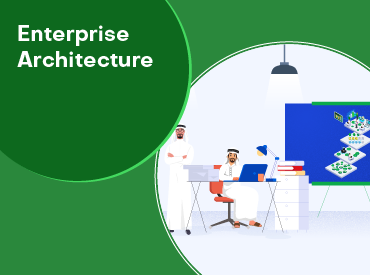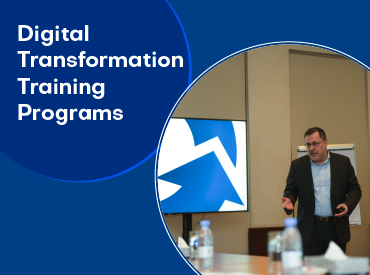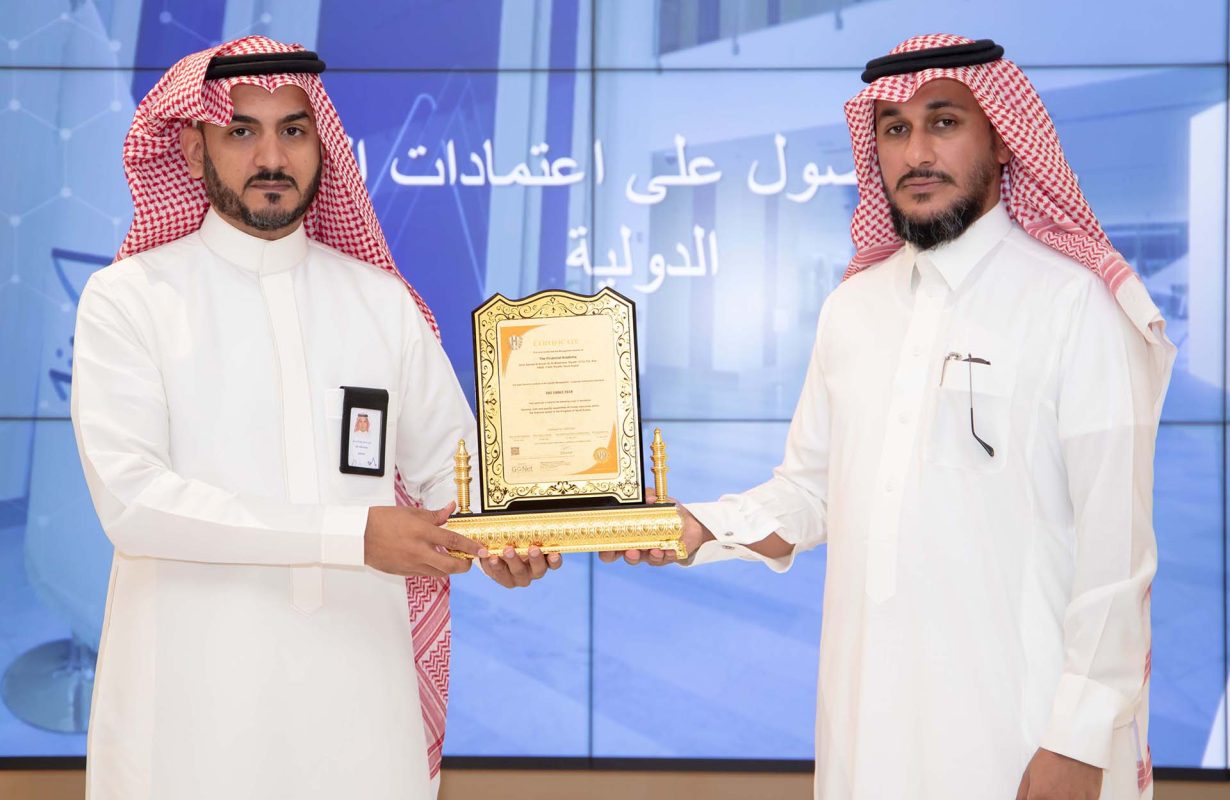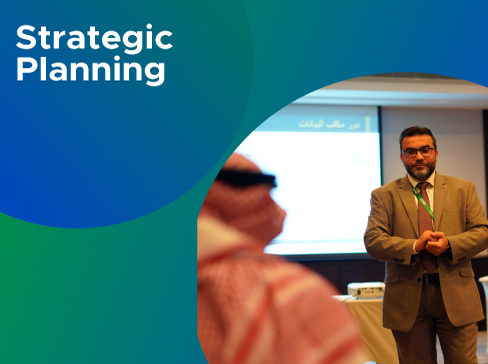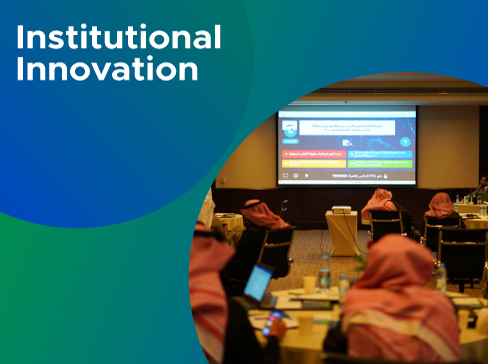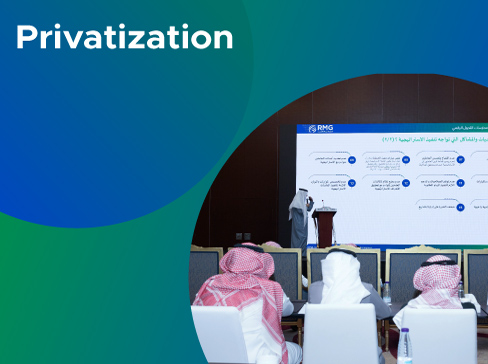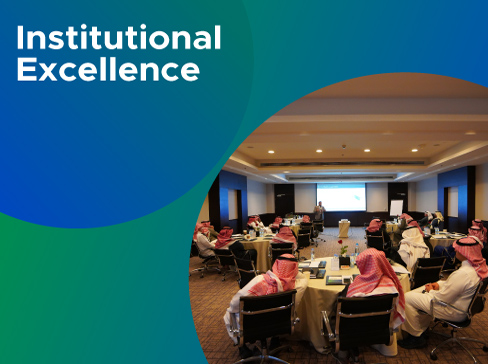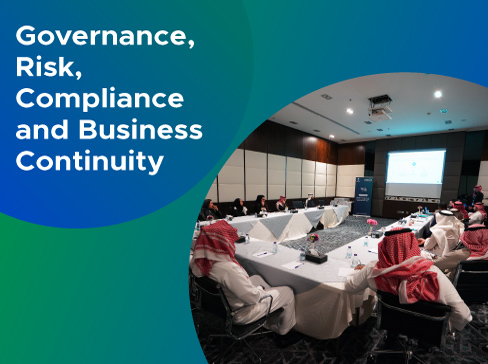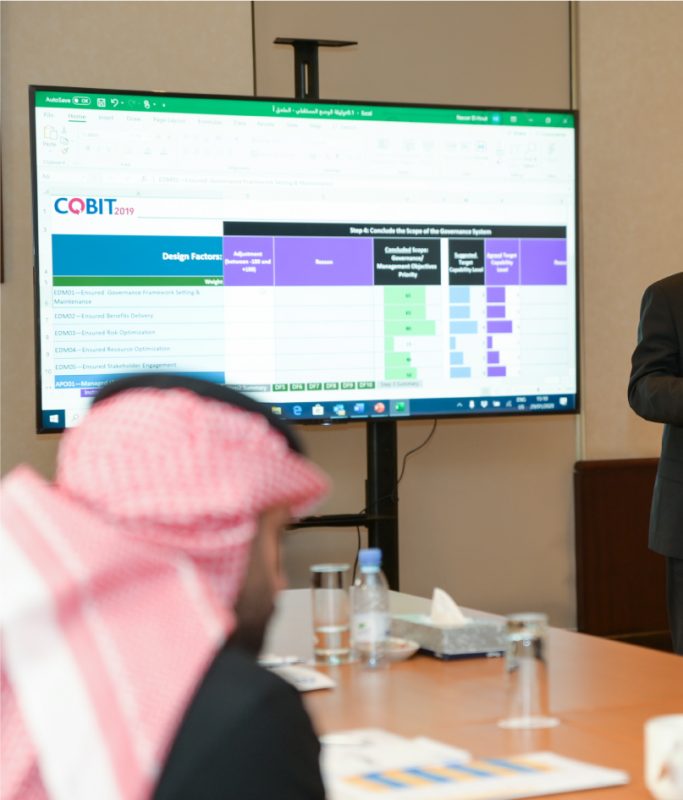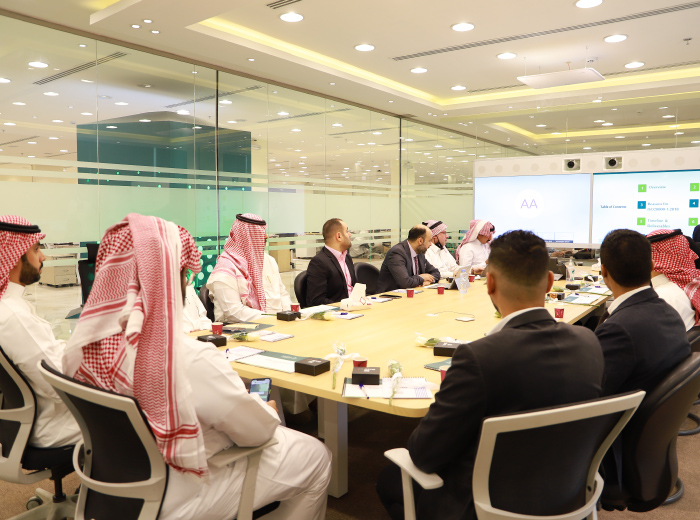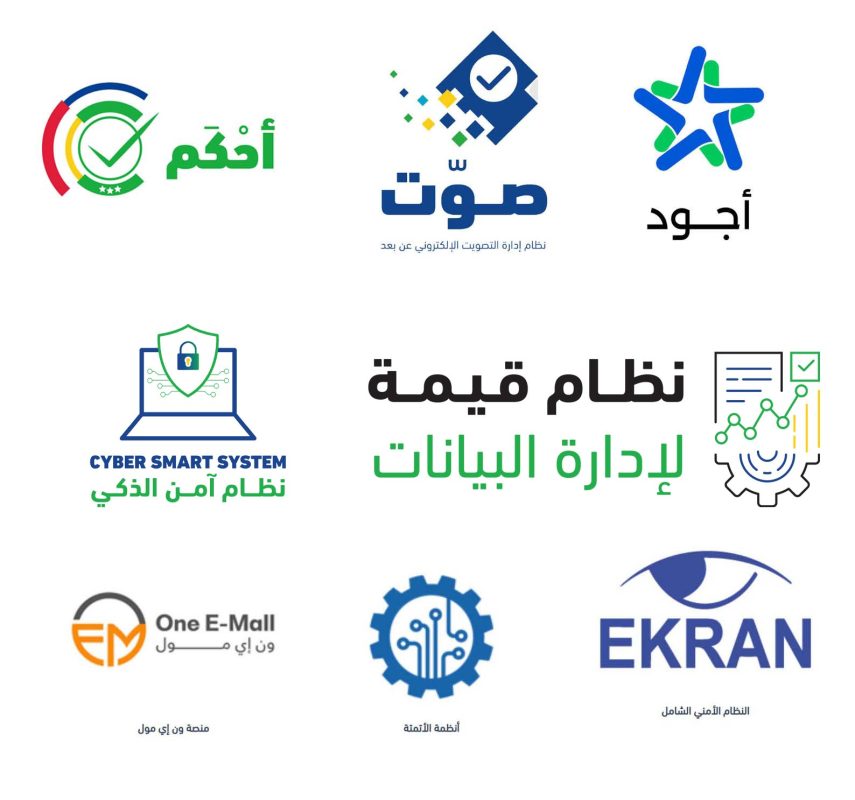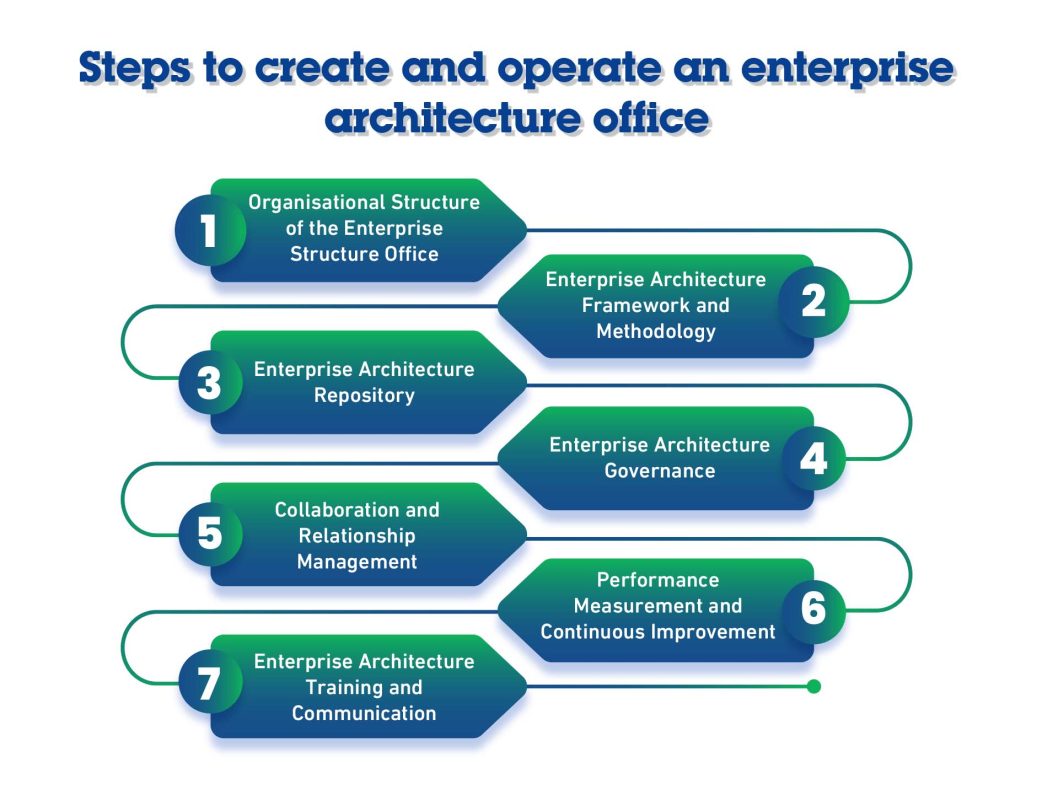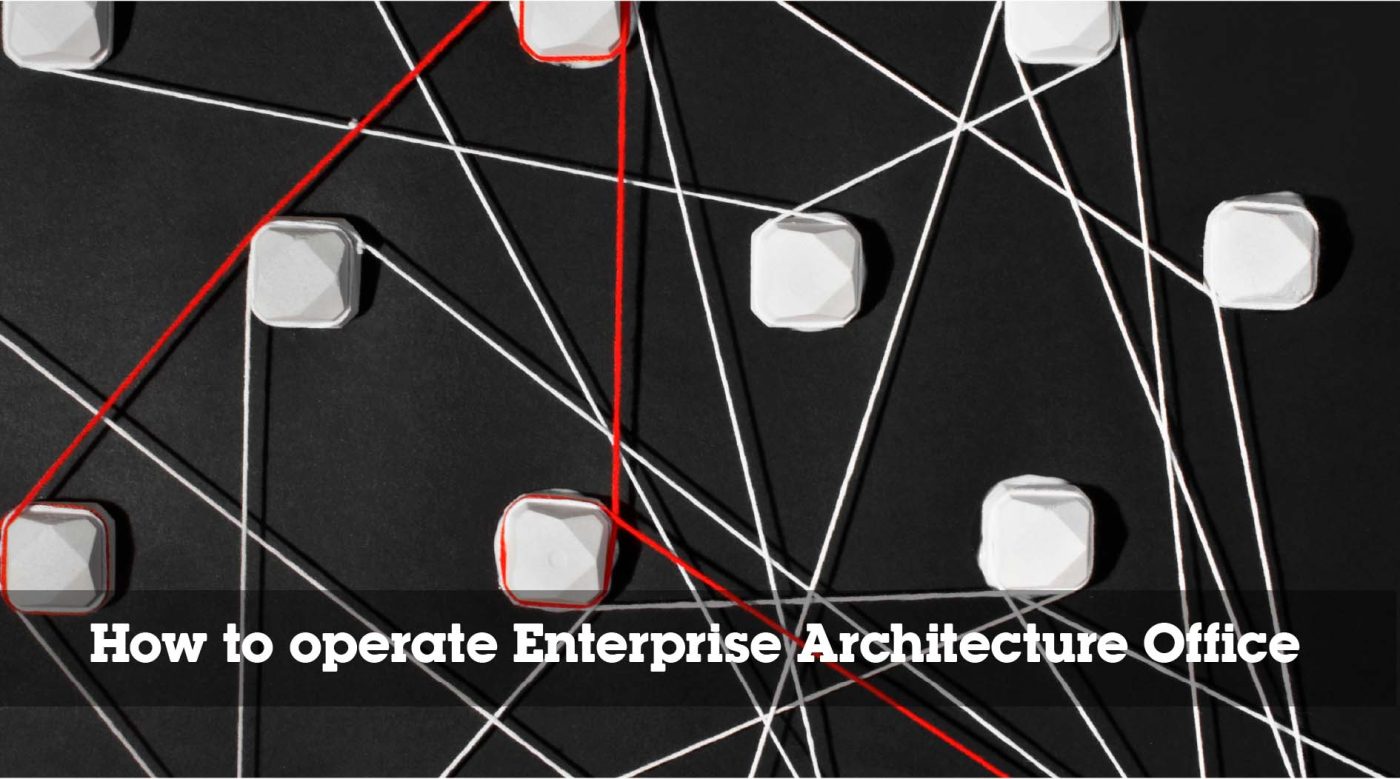
In our age of digital transformation, enterprise architecture has become vital for successful organisations, and at the heart of this process is the Enterprise Architecture Office (EAO), which acts as a central hub for managing and controlling enterprise architecture initiatives within the organisation.
Enterprise architecture managers recognise the importance of building this office and its critical role in guiding business strategies and aligning them with IT strategies, as well as improving operations and promoting digital transformation.
In this comprehensive article, we give you an overview of how the operate Enterprise Architecture Office and explain the important factors, functions, and benefits it offers.
Steps to create and operate Enterprise Architecture office
Define the purpose and objectives of establishing an EAO, such as promoting
consistency, guiding decision-making, and enabling effective IT governance.
Align the EAO goals with the organization strategic objectives and ensure its
activities contribute to business outcomes.
- Define the purpose and objectives of establishing an EAO, such as promoting
consistency, guiding decision-making, and enabling effective IT governance.
- Align the EAO’s goals with the organization’s strategic objectives and ensure its
Activities contribute to business outcomes.
Organisational Structure of the Enterprise Structure Office:
- Define the organisational structure of the EAO, including roles, resEstablish and implement governance processes to ensure the EAO operates
- effectively and aligns with the overall governance framework of the organisation.responsibilities,and reporting lines.
- Identify key stakeholders, establish mechanisms for collaboration, and
communication.
Enterprise Architecture Framework and Methodology:
- Focus on implementing an appropriate enterprise architecture framework, such as
TOGAF (The Open Group Architecture Framework) or NORA Framework, that
suits the organization’s needs.
- Develop and execute a standardised methodology for enterprise architecture.
activities, including planning, analysis, design, implementation, and governance.
- Establish and implement guidelines, templates, and tools to support the enterprise architecture process.
Enterprise Architecture Repository:
- Implement an enterprise architecture repository to store and manage architecture.
artefacts, such as models, diagrams, and documentation.
- Define and update metadata standards and ensure proper documentation of
architecture assets.
- Enable easy access and collaboration within the repository to facilitate
knowledge sharing and reuse.
Enterprise Architecture Governance:
- Establish and update an architecture governance framework to ensure compliance
with architectural standards, principles, and policies
- Define and update processes for reviewing and approving architectural artefacts,solution designs and technology selections.
- Conduct periodic architecture reviews to assess the alignment of projects and
initiatives with a defined architectural vision.
Collaboration and Relationship Management:
- Foster collaboration between the EAO and other business and IT units to ensure
enterprise architecture alignment and integration.
- Develop and maintain strong relationships with stakeholders to understand their needs, provide guidance, and promote enterprise architecture value.
- Engage with project teams to provide architectural support, guidance, and review throughout the project lifecycle.
Performance Measurement and Continuous Improvement:
- Define key performance indicators (KPIs) to measure the effectiveness and
impact of enterprise architecture initiatives
- Regularly assess the maturity level of the organization’s enterprise architecture capabilities and identify areas for improvement.
- Continuously refine enterprise architecture processes, methodologies, and
governance based on lessons learned and industry best practices.
Enterprise Architecture Training and Communication:
- Provide training and awareness programmes to promote enterprise architecture understanding and adoption across the organisation.
- Develop communication strategies to disseminate architectural principles,
guidelines and success stories to relevant stakeholders.
- Foster a culture of enterprise architecture by highlighting its benefits and
demonstrating its value through practical examples.
Conclusion
There are many benefits to operate enterprise architecture office and enhancing enterprise architecture management effectively to achieve successful digital transformation, and entities can do this by establishing an organised enterprise architecture office to ensure compatibility between business and information technology and promote innovation.
Don’t worry, we will give you the solution to start now by establishing and operate enterprise architecture office where
Renad Al Majd provides you with a strong foundation for setting up and operate enterprise architecture office and guides you in getting the most out of it within your organisation.


